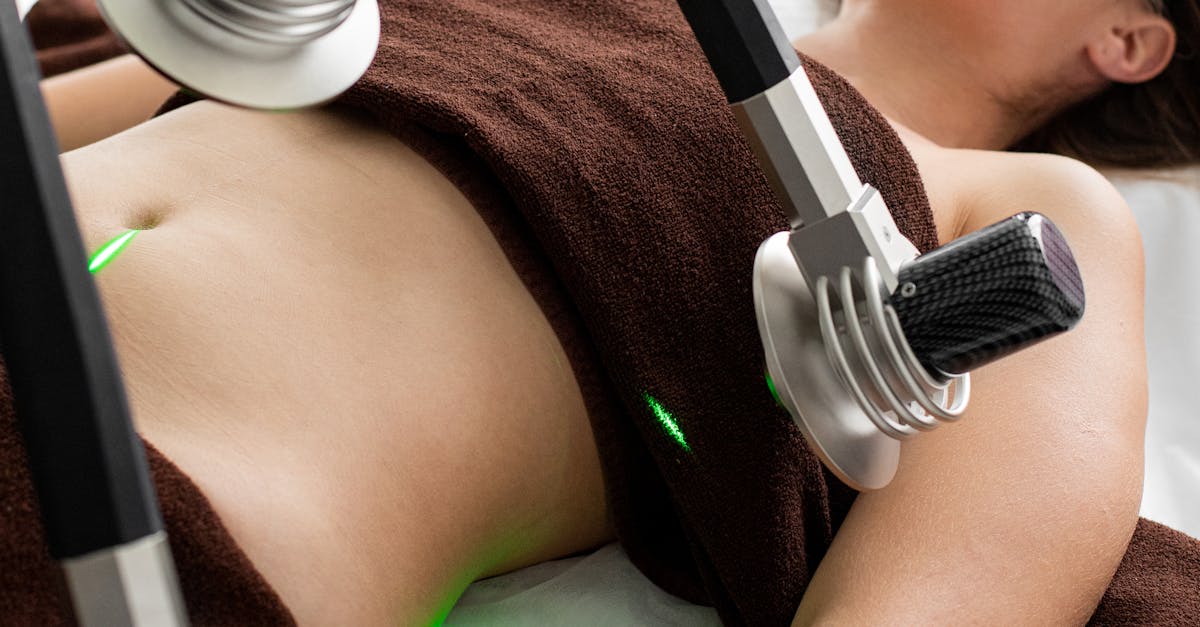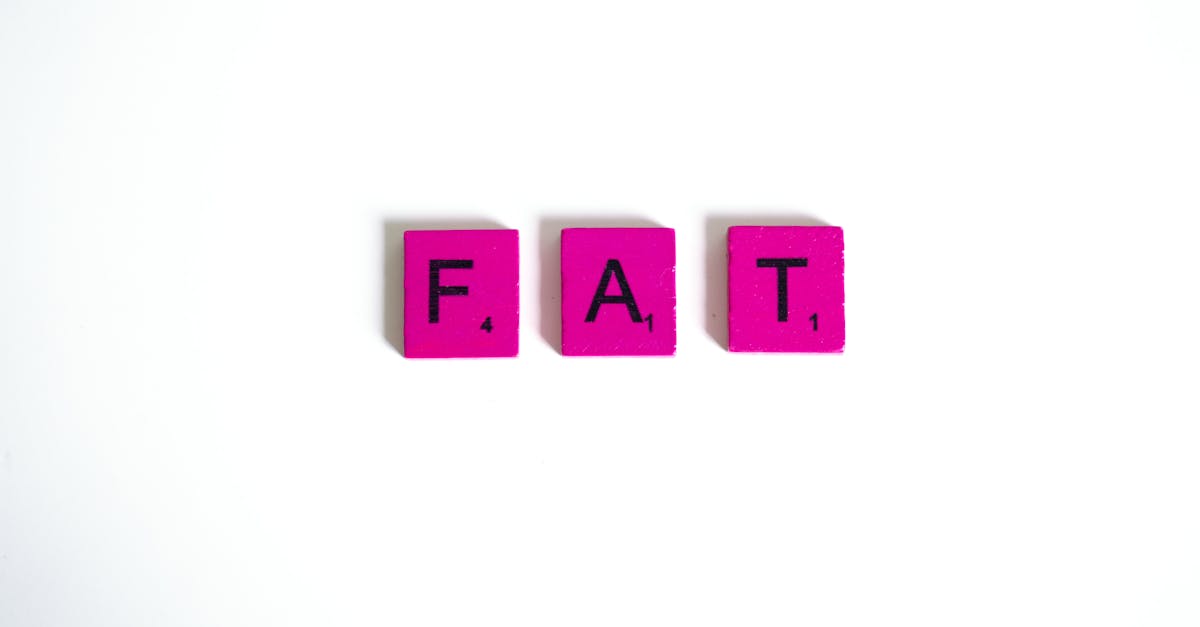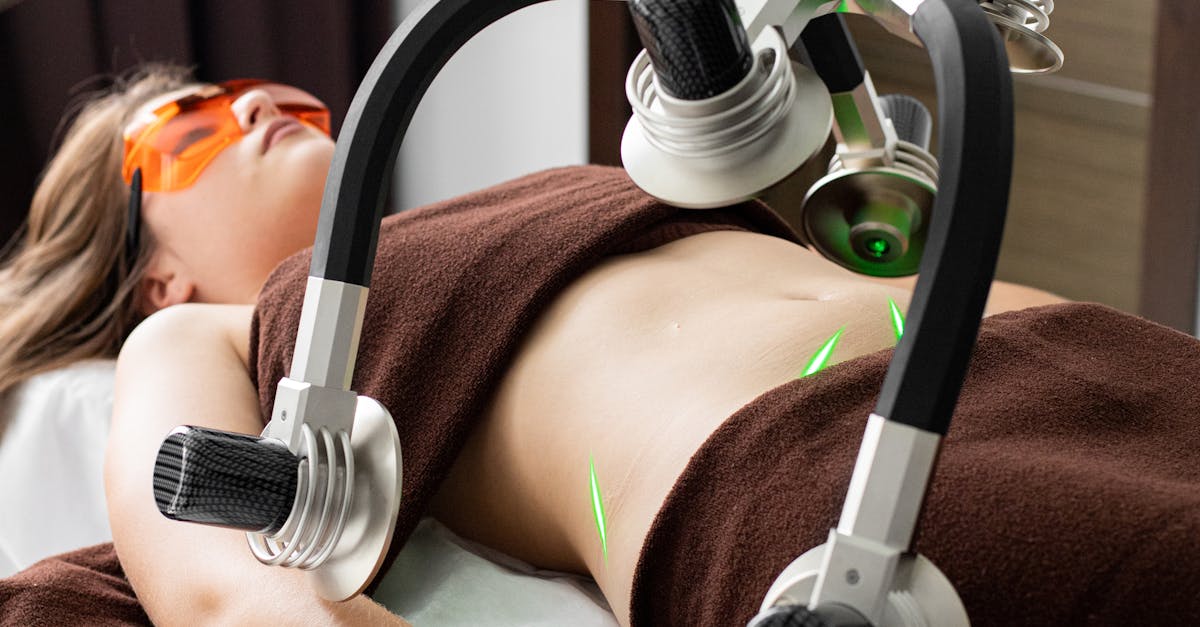
Table Of Contents
PostOperative Care and Monitoring
Post-operative care and monitoring are vital aspects of ensuring successful outcomes following a fat transfer procedure. Patients should follow the specific instructions provided by their healthcare provider regarding wound care, activity restrictions, and medication management in the days and weeks following the procedure. Monitoring for any signs of infection, such as increased swelling, redness, or drainage at the site of transfer, is essential for early intervention and optimal healing.
Regular follow-up appointments with the healthcare provider are crucial for tracking the progress of the fat transfer procedure. During these visits, the provider will assess the healing process, monitor fat survival and integration, and address any concerns or questions the patient may have. By adhering to the recommended post-operative care plan and attending follow-up appointments, patients can enhance the likelihood of achieving their desired aesthetic results from the fat transfer procedure.
Managing Swelling and Bruising
Swelling and bruising are common side effects following a fat transfer procedure. The extent of swelling and bruising can vary from person to person, but typically peak within the first 48 hours post-surgery. Applying ice packs intermittently for the first few days can help reduce swelling and alleviate discomfort. Keeping your head elevated when lying down can also aid in minimizing swelling. It is essential to follow your surgeon's post-operative care instructions diligently to promote proper healing and reduce the likelihood of excessive swelling.
While some degree of bruising is inevitable, it usually subsides within a week or two after the fat transfer procedure. Patients are advised to avoid activities that may exacerbate swelling or bruising, such as strenuous exercise, for the first few weeks post-surgery. Wearing compression garments as recommended by your surgeon can also help manage swelling and enhance the overall results of the procedure. Remember that swelling and bruising are temporary effects of fat transfer, and with proper care and patience, they will gradually diminish, revealing the desired outcome.
LongTerm Results and FollowUp
Long-term results and follow-up are crucial aspects of the fat transfer procedure. Understanding how the body reacts to the transferred fat over time is essential for assessing the success of the procedure. Patients should expect some level of fat absorption in the months following the transfer as the body integrates the transferred fat cells. Regular follow-up appointments with the surgeon will allow for monitoring the progress and determining if any touch-up procedures are necessary to achieve optimal results in the long term.
Monitoring fat survival and integration is a key component of the long-term results of a fat transfer procedure. Patients should be aware that some amount of the transferred fat may be reabsorbed by the body, leading to potential changes in the appearance of the treated area. By staying in touch with their healthcare provider and attending scheduled follow-up appointments, patients can ensure that the fat transfer results are maintained over time. Understanding the long-term effects and taking proactive steps to address any concerns will contribute to achieving the desired outcome of the fat transfer procedure.
Monitoring Fat Survival and Integration
To ensure successful outcomes following a fat transfer procedure, monitoring fat survival and integration is crucial. This involves tracking how well the transferred fat cells adapt and thrive in their new environment within the body. Surgeons typically assess the integration of the transferred fat by observing the volume retention in the treated areas over time. This monitoring process allows them to determine the effectiveness of the procedure and make any necessary adjustments for optimal results.
Understanding the factors that influence fat survival and integration is essential for both the surgeon and the patient. Variables such as proper technique during the harvesting and transfer of fat, as well as post-operative care, play a significant role in the success of the procedure. Furthermore, maintaining a stable weight and lifestyle post-procedure can also impact the long-term outcomes of the fat transfer. Regular follow-up appointments with the surgeon will aid in tracking the progress of the integrated fat cells and addressing any concerns that may arise.
Potential Risks and Complications
Potential Risks and Complications
Fat transfer procedures, like any surgical intervention, carry inherent risks and potential complications. One of the primary concerns relates to postoperative infection. Proper preoperative preparation and meticulous surgical technique can help minimize the risk of infection, but patients must also adhere strictly to postoperative care instructions to further mitigate this risk. In some cases, infection may necessitate additional treatments, such as antibiotic therapy or, in severe instances, the need for revision procedures.
Moreover, there is a risk of inadequate fat survival following the transfer process. Despite advancements in techniques, a percentage of the transferred fat may not integrate successfully into the recipient site. Patients should be aware that multiple sessions may be necessary to achieve their desired outcome. Understanding these potential risks and complications is crucial for individuals considering fat transfer procedures, allowing them to make informed decisions and work closely with their healthcare providers to minimize such risks.
Understanding Infection and Revision Procedures
Understanding infection risks post fat transfer is crucial for a successful recovery. Infection can occur despite meticulous surgical technique and proper post-operative care. Symptoms to watch for include increased pain, redness, swelling, warmth, or drainage at the surgical site. If any signs of infection are noted, prompt evaluation by a healthcare provider is essential to prevent complications and ensure the best possible outcome.
While fat transfer procedures have low infection rates, it is important to follow all post-operative instructions to minimize risks. In some cases, infections may necessitate revision procedures to address any complications that may arise. Understanding the signs of infection and the steps involved in revision procedures can help patients make informed decisions and prevent potential complications following fat transfer surgery.
FAQS
Is there a specific amount of extra weight required for fat transfer procedures?
The amount of extra weight needed for fat transfer procedures varies depending on individual factors such as desired results, body type, and the area being treated. A consultation with a plastic surgeon is necessary to determine the specific amount of fat needed for transfer.
Can fat transfer be performed on individuals with lower body weights?
Fat transfer can be performed on individuals with lower body weights, as long as there is adequate fat available in donor areas for transfer. The plastic surgeon will assess the feasibility of the procedure during the consultation.
Will gaining weight before a fat transfer procedure improve the results?
Gaining weight before a fat transfer procedure is not recommended solely for the purpose of increasing fat for transfer. It is important to maintain a stable and healthy weight before undergoing any cosmetic procedure for optimal results.
What happens if there isn't enough fat for transfer during the procedure?
If there isn't enough fat available for transfer during the procedure, alternative methods or adjustments may be considered by the plastic surgeon to achieve the desired results. This may involve discussing other options or focusing on different areas for fat transfer.
How long does it take for the transferred fat to settle and provide final results?
It may take several months for the transferred fat to settle and integrate into the recipient site, providing final results. The plastic surgeon will provide post-operative care instructions and monitor the progress to ensure optimal outcomes.


